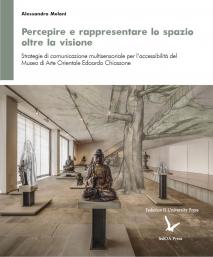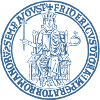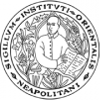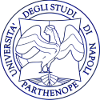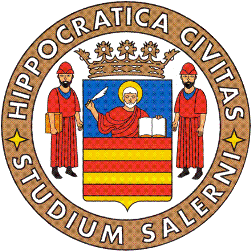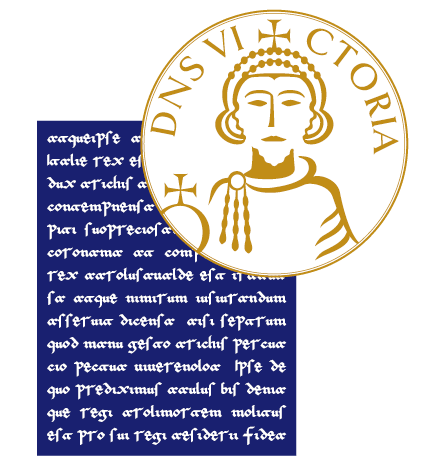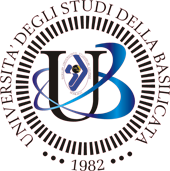Perceiving and representing space beyond vision. Multisensory communication strategies for the accessibility of the Edoardo Chiossone Museum of Oriental Art
Keywords:
Representation, Perception, Wayfinding, Multisensory approach, InclusionSynopsis

Publisher: FedOA - Federico II University Press
Series: Beyond accessibility. Cultural Heritage for All
Pages: 307
Language: Italian
Abstract: How does a blind person perceive architectural space? This text explores the relationship between body, perception and architecture, analizing how sighted and blind people understand and mentally reconstruct space. At the centre of the research is the Edoardo Chiossone Museum of Oriental Art in Genoa, designed by Mario Labò and the subject, over time, of reflections on accessibility, including the project – never built – by Gae Aulenti, conceived to expand the building and improve its usability, without affecting its architectural value. Through an investigation that intertwines perception, representation and wayfinding, the author addresses the expressive potential of multisensoriality and proposes an idea of accessibility that goes beyond the removal of physical barriers. The history and complex path of the museum become the terrain for experiments conducted in collaboration with the Italian Union of the Blind and Partially Sighted, opening up new ways of exploring and understanding space. Digital technologies such as panoramic photography and virtual tours are integrated with the bodily experience of a real visit, supported by physical tools that activate touch and hearing, promoting a deeper understanding of architecture. A new range of tools emerges for a truly inclusive museum experience. The result is a current and necessary reflection on the design of architectural space, understood as a sensitive experience, accessible and shared by all.
Downloads
